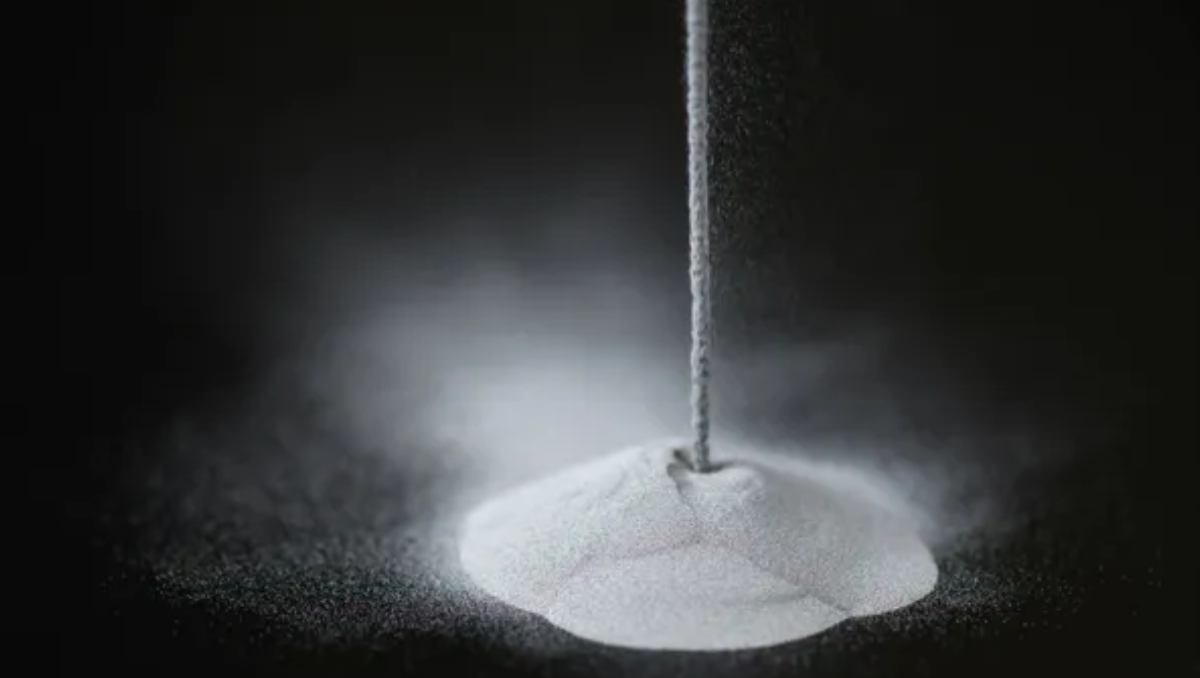The use of this alloy will result in greater sustainability for space travel and aviation.
As part of its Technology Transfer Program, which permits the use of technology developed for missions for other commercial reasons, NASA has invested in a novel superalloy.
The superalloy, called GRX-810, is made of a high-temperature, 3D-printable material that may be used to strengthen spacecraft and aviation components. Products made of this material will be able to endure extreme temperatures and various other harsh circumstances, both in space and the air.
Four American businesses currently hold licenses for the superalloy; NASA believes that in the future, this could lead to favorable economic returns and strengthen the American economy as a whole.
The four businesses that were chosen are Powder Alloy Corporation, located in Loveland, Ohio; Linde Advanced Material Technologies, Inc., located in Indianapolis; Carpenter Technology Corporation, located in Reading, Pennsylvania; and Elementum 3D, Inc., located in Erie, Colorado.
GRX-810 superalloy is used to 3D-print NASA insignia. (Image credit: NASA/Jordan Salkin)
The firms will be able to develop and market GRX-810 to aerospace and rocket equipment makers, as well as other businesses involved in the supply chains for spaceflight or aviation, thanks to each co-exclusive license agreement.
NASA transmits its technologies to businesses through patent licensing and spends tax dollars on research that shows a direct benefit to the United States, according to a statement from the licensing head at NASA’s Glenn Research Center.
According to a NASA announcement, the GRX-810 was first designed with aerospace equipment in mind. This equipment included liquid rocket engine injectors, combustors, turbines, and hot-section components that could withstand temperatures exceeding 2,000 degrees Fahrenheit (1,093 degrees Celsius).
According to the two researchers at NASA Glenn, the design was created by using computer modeling and a laser 3D printing method to combine the metal components layer by layer.
Smith added in the same statement that “GRX-810 marks an innovative alloy design space and method of manufacturing that was unattainable a few years ago.”
This alloy made of nickel is more resilient than others; it can tolerate high temperatures, high levels of stress, and twice as much resistance to oxidation damage.
About 3D-Printing
A CAD model or other digital 3D model is used to produce a three-dimensional object by additive manufacturing, also known as 3D printing.
It can be accomplished using a number of procedures where the material is introduced, usually layer by layer, and deposited, connected, or solidified under computer control (e.g., polymers, liquids, or powdered grains fused).
Because of its many advantages, additive manufacturing, also known as 3D printing, has quickly acquired popularity in the engineering community.
Design flexibility, individualization, decentralization, and the ability to carry out tasks that were previously impractical to accomplish through other means are the goals of 3D printing.
Faster prototyping, lower manufacturing costs, more product customization, and higher product quality are a few of these advantages.
3D printing has applications in prosthetics, bioprinting, the food industry, rocket building, design and art, and renewable energy systems.
Other uses include lightweight construction, repair, and maintenance. Battery energy storage devices, which are necessary for producing and distributing sustainable energy, can be created via 3D printing technology.
The capacity of 3D printing technology to precisely and accurately create complicated geometry is an additional advantage.
This is especially true for the field of microwave technology, where components with special qualities that are hard to obtain through conventional manufacturing processes can be produced via 3D printing.

2 Comments
Pingback: Sunita William and Space bugs Sunita William and other scientists found dangerous Space Bugs that attacks respiratory systems - INPAC Times1
Pingback: Three new Craters Hilsa, Lal and Mursan was found on Mars: A significant achievement for Indian Scientist - INPAC Times 1